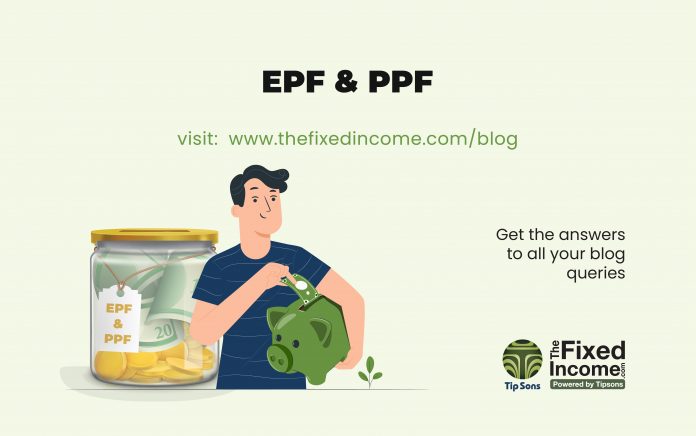Retirement Financial Planning in India
In an economy such as India that does not have either a government sponsored social security program, nor a large corporate work force covered under financial support programs during retirement, a do-it-yourself building of corpus is essential. For retirement financial planning, even the organized sector and government has moved away from a defined benefit plan for their employees, which guaranteed a clearly spelt out lifetime pension. Since several years the employee has been expected to build up their own financial support, including for retirement pension, in a defined contribution system. Under this, an employee decides the amount they wish to set aside for the funding of their financial goals. This puts the employees in the organized sector on an equal footing with business persons as well as those employed in the informal sector.
Various products are available to make investment simple and focused on a person’s goals and risk appetite. Investing directly in bonds, government securities or stocks, or using professional expertise of mutual fund managers or portfolio managers are excellent routes to creating a corpus for financing a wide range of goals, both short and long term.
EPF and PPF: Essential Investment Options
A formal investment formulated by the government, available to all citizens is the Public Provident Fund. Besides, the Provident Fund (PF) is a term commonly used to refer to the Employees’ Provident Fund (EPF). Both are government backed and intended to enable employees build up money for retirement, or major expenditure during their working life.
|
|
EPF |
PPF |
|
Qualifying |
Salaried employees of the recognised organisations |
All individuals, including those who have EPF |
|
Current rate of return (variable for both, meaning that the rate of return changes and the new rate applies to the entire balance) |
8.5% |
7.10% |
|
Minimum investment |
12% of the salary (basic pay + dearness allowance) |
Rs 500 a year |
|
Maximum investment |
No cap. Additional investment may be made by employee, up to 100% of salary (called Voluntary PF, or VPF). Employer’s contribution will be limited to 12%, equal to the required employee’s contribution. If the investment in EPF is above Rs 2.5 lakh in a financial year, the returns earned on the contribution above Rs 2.5 lakh will not be exempted from tax. This has come into effect from April 1, 2021 and will be applicable for FY 2021-22. |
Rs 1,50,000 a year |
|
Contribution by |
Employee and employer |
Account holder, or family member |
|
Lock-in period |
Till retirement (considered as 55 years), but loans are permitted for some approved expenditure |
15 years, but some withdrawals permitted |
|
Tax on withdrawal |
If withdrawn before 5 years |
No |
Both EPF and PPF are excellent long-term investments qualifying for tax deduction under 80C (cumulative Rs. 150,000 a year) and have a sovereign guarantee. The EPF can be transferred to a new employer on a job change (this can be very slow and frustrating with departmental inefficiency), or withdrawn.
An employee would do well to budget for the EPF which is a deduction from the salary by the employer (the beauty of deductions is that they are hardly noticed) and also fund a PPF account. Some employers do not provide EPF as organizations with up to 20 employees need not provide the facility. The terms of employment (such as being designated a consultant) sometimes deny the EPF facility. A good, safe, long- term saving need would be served by the PPF. Within the conditions, the EPF could be considered superior to the PPF.
Those with more substantial liquidity can use the Voluntary Provident Fund (VPF)* option to deposit up to 100% of salary in the EPF, boosting safe, tax-free investment, which cannot be done in the PPF given its Rs. 150,000 limit. This facility is excellent for one member of a working couple who does not require their combined income to manage the household.
Those who are not employees obviously cannot choose the EPF as a savings vessel. However, do not miss out on the PPF.
* Voluntary Provident Fund (VPF) is related to the EPF and is the excess over the minimum mandated contribution to the EPF. The employer does not make any contribution to this.
























